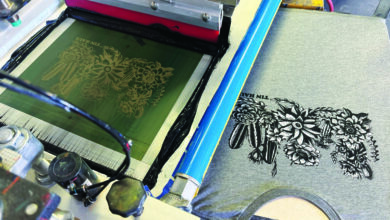Pantone and TEALEAVES Reveal New Signature Color
Advised by the U.N. Convention on Biological Diversity, the new color is symbolic of biodiversity and the desire to preserve and regenerate it

Pantone, a global color authority and provider of professional color language standards, announces a collaboration with luxury tea blenders, TEALEAVES, alongside other organizations and NGOs on an impactful partnership and awareness campaign to educate people and call attention to biodiversity loss through a novel Pantone color release, called the “Pantone Color of Biodiversity.”
According to a U.N. Intergovernmental Science-Policy Platform on Biodiversity and Ecosystem Services (IPBES) report, three-quarters of the land on earth has been altered by human actions, and about a million species are under the threat of extinction.
According to the companies, Pantone and TEALEAVES partnered to create the “Pantone Color of Biodiversity” in support of the United Nations Biodiversity, World Biodiversity Forum, and the 30×30 initiative to protect at least 30% of the world’s land and oceans by 2030.
The Pantone Color of Biodiversity
According to the companies, the “Pantone Color of Biodiversity,” a bright pink hue, calls attention to the variety of species and ecosystems that underpin the health of the planet and viability of life, and the alarming rate at which we are losing them.
“We approached our color selection for the ‘Pantone Color of Biodiversity’ by circling back to a color emblematic of the oldest pigment on earth which was discovered in 1.1-billion-year-old marine sedimentary rocks of the Taoudeni Basin in Mauritania, West Africa by Dr. Nur Gueneili”, says Laurie Pressman, vice-president, Pantone Color Institute. “We thought turning to the Sahara, a location considered as one of the most ancient places on earth as our inspiration can help highlight what was found in the earth before it was inhabited, and humans had the opportunity to sully the environment’s natural resources.”
The color is said to represent the evolution of biodiversity and aims to bring awareness to biodiversity loss, a rising global environmental threat.
“The bright pink pigments are the molecular fossils of chlorophyll that were produced by ancient photosynthetic organisms inhabiting an ancient ocean that has long since vanished.” says, Dr. Nur Gueneli from the ANU Research School of Earth Sciences.



